FINANCIAL SERVICES
An investment that makes sense
Trust can be broken in an instant, especially in the world of finance. That’s where we come in, helping you build your digital credibility and performance with every touchpoint, and providing clarity in a cookieless world so that you can stay ahead of the curve.
Marketers trust Siteimprove with their content intelligence needs.





What makes us the right fit?
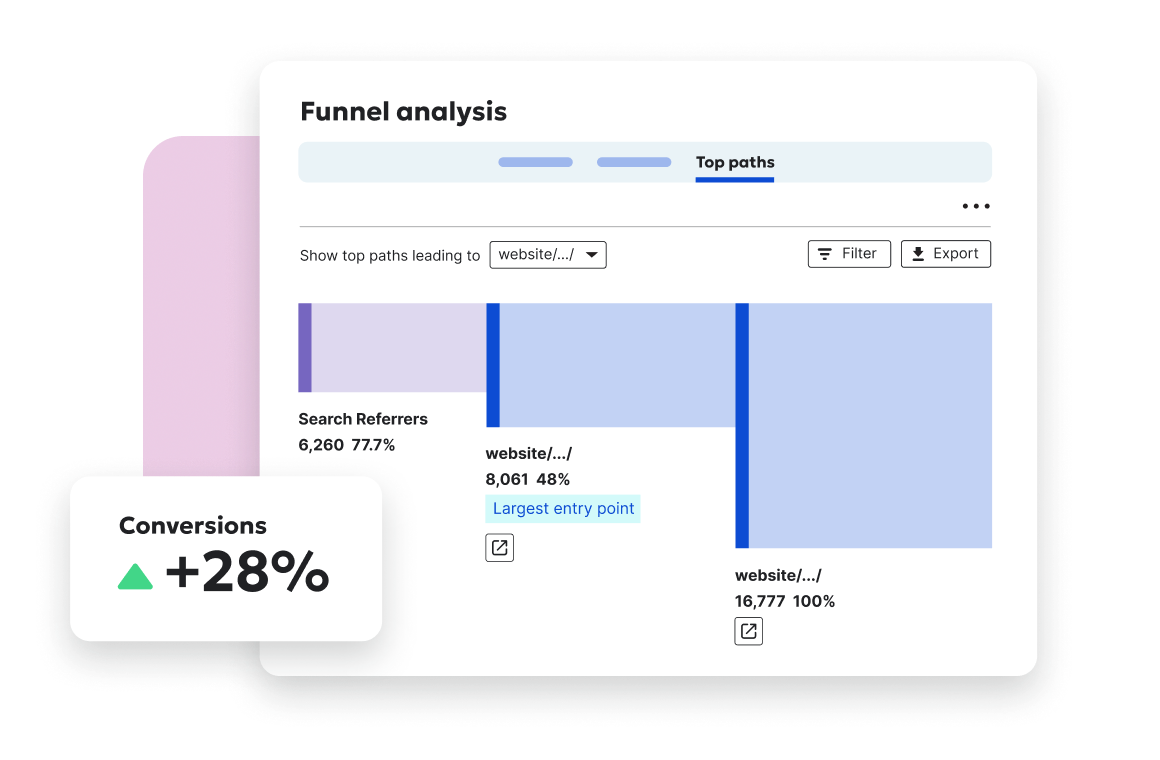
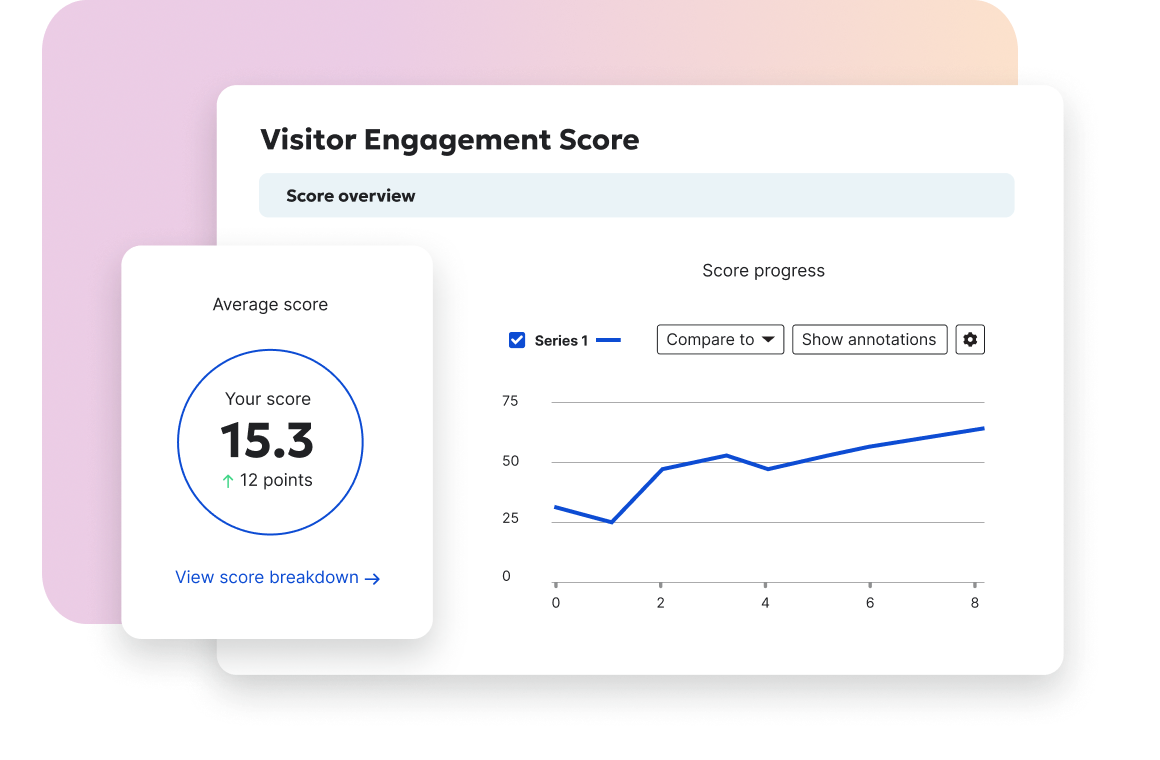
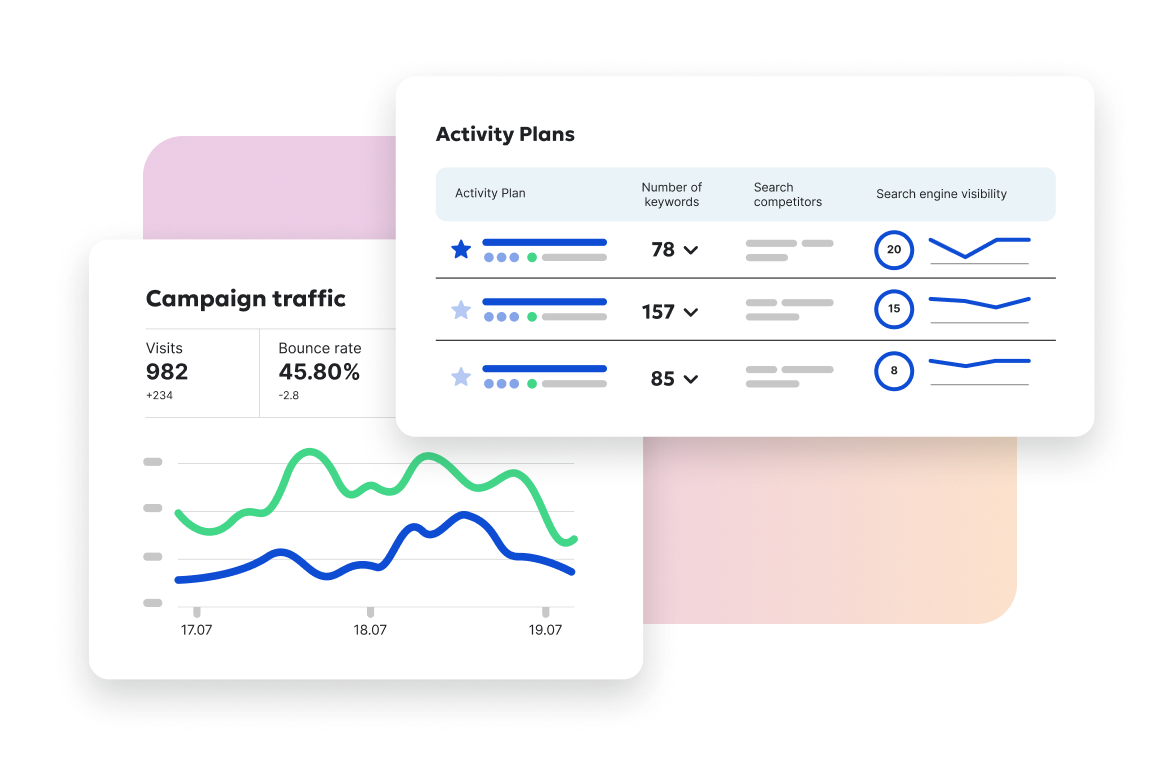
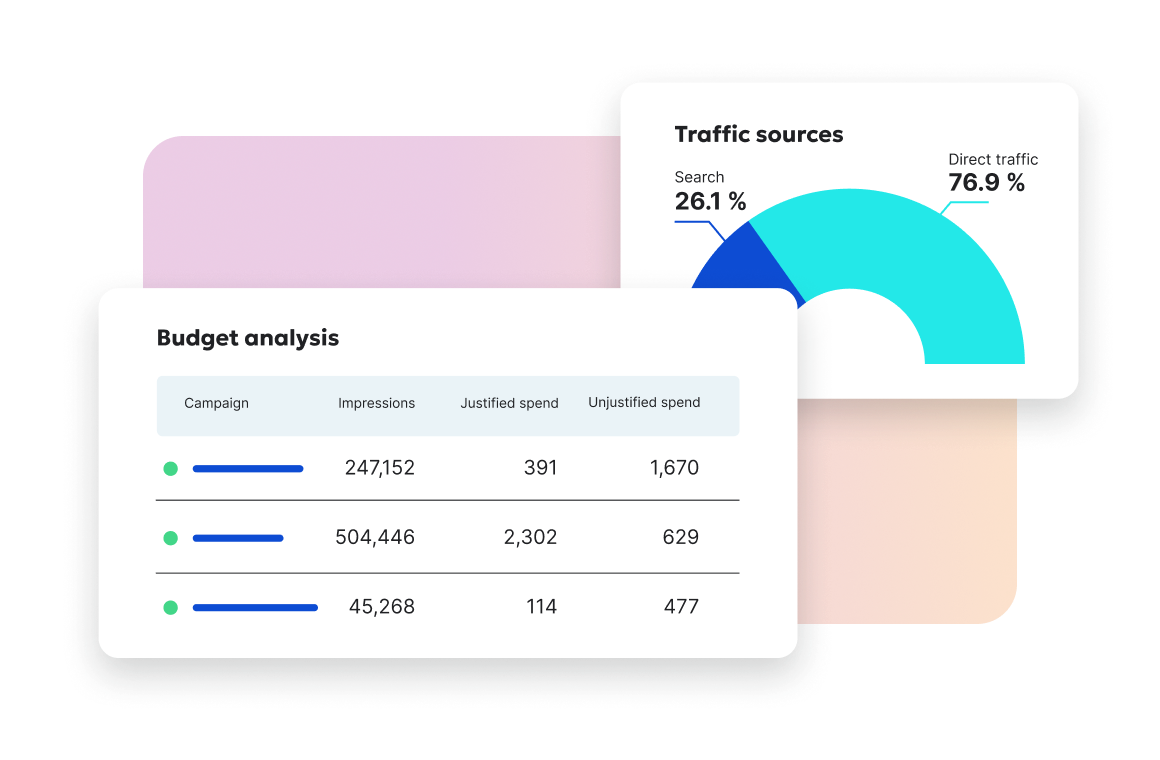
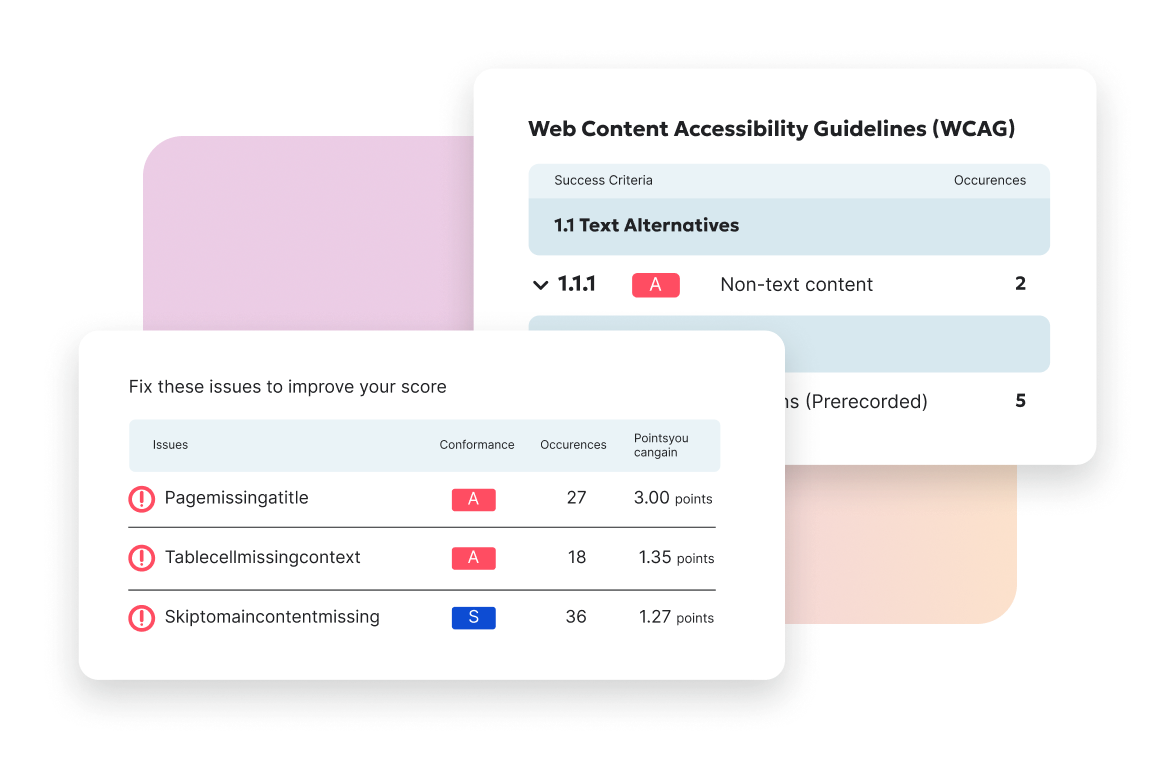

Building an accessible foundation for better overall site health
"Before bringing on Siteimprove, I always had anxiety about the website. With the Quality Assurance tool, I’m now able to say with confidence that everything is up-to-date, nothing is broken, and everything is secure, which has been super helpful in gauging our success."
Michael Pellegrino
Website Content Administrator at
Valley Bank
Read the case studyFeature you’ll love: Pinpoint campaign underperformance
Not only do we tell you how your campaigns rank against each other, but we’ll even tell you how much of your spend is unjustified on a per-campaign basis so you can balance your budget for maximum ROI.
Siteimprove solutions for financial services FAQs
Siteimprove helps financial institutions build digital credibility and improve performance across all customer touchpoints, providing clarity on customer behavior in a challenging digital landscape.
Siteimprove's Top Paths feature identifies which content effectively drives conversions, allowing financial services teams to focus on high-performing content and demonstrate ROI.
The Visitor Engagement Score tracks customer data to understand what keeps visitors engaged. It allows for customization to gain granular insights into customer behavior, even with cookie restrictions.
Siteimprove offers SEO tools like Activity Plans, which provide customized workflows for keyword monitoring, search engine analytics, content optimization, and competitor analysis, tailored for the financial sector.
Siteimprove's platform is designed to ensure compliance with regulations relevant to financial services, such as WCAG, ADA, and Section 508, helping institutions meet current and emerging digital accessibility requirements.
